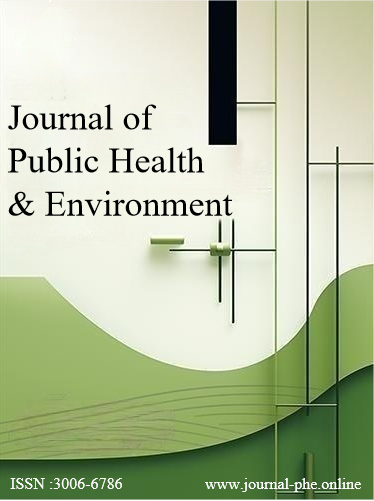 An open access journal
An open access journal
Global Health Challenges: Addressing Health Disparities and Pandemic Preparedness
Abstract
Global health challenges present multifaceted issues that require comprehensive strategies to address health disparities and ensure effective pandemic preparedness. This paper examines the complex interplay of factors contributing to global health disparities, including socioeconomic determinants, access to healthcare, and environmental conditions. It explores innovative approaches to promoting health equity, such as community-based interventions, primary healthcare reform, and sustainable development initiatives. Additionally, the paper discusses the importance of global cooperation and coordination in responding to emerging infectious diseases and pandemic threats. It highlights the role of surveillance systems, rapid response mechanisms, and international partnerships in enhancing pandemic preparedness and resilience. By synthesizing insights from public health research and policy analysis, this paper aims to inform evidence-based strategies for improving global health outcomes and reducing disparities worldwide.
Share and Cite
Article Metrics
References
- Marmot, M., & Wilkinson, R. G. (2005). Social determinants of health. Oxford University Press.
- World Health Organization. (2008). Closing the gap in a generation: Health equity through action on the social determinants of health. World Health Organization.
- Farmer, P. E., et al. (2013). Structural violence and clinical medicine. PLoS Medicine, 3(10), e449.
- Jamison, D. T., et al. (2013). Disease control priorities in developing countries. Oxford University Press.
- Heymann, D. L., & Rodier, G. R. (2001). Hot spots in a wired world: WHO surveillance of emerging and re-emerging infectious diseases. The Lancet Infectious Diseases, 1(5), 345-353.
- Gates, B. (2015). The next epidemic—lessons from Ebola. New England Journal of Medicine, 372(15), 1381-1384.
- Oshitani, H., & Kamigaki, T. (2008). Global strategy for influenza surveillance and monitoring. Influenza and Other Respiratory Viruses, 2(4), 135-141.
- World Health Organization. (2005). International health regulations (2005). World Health Organization.





